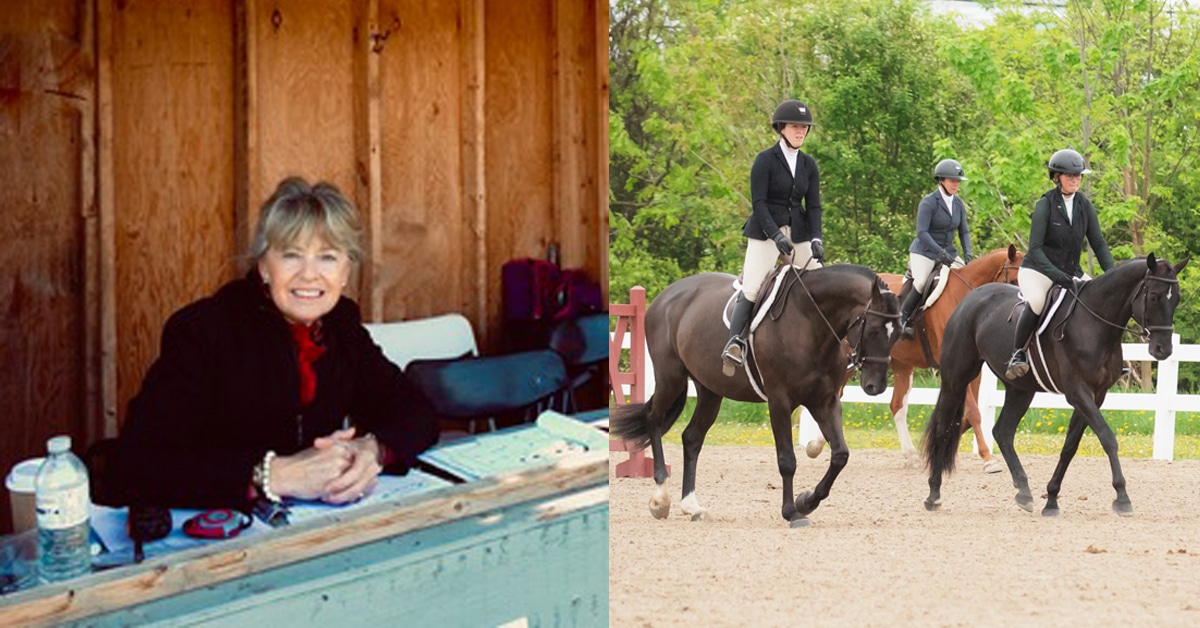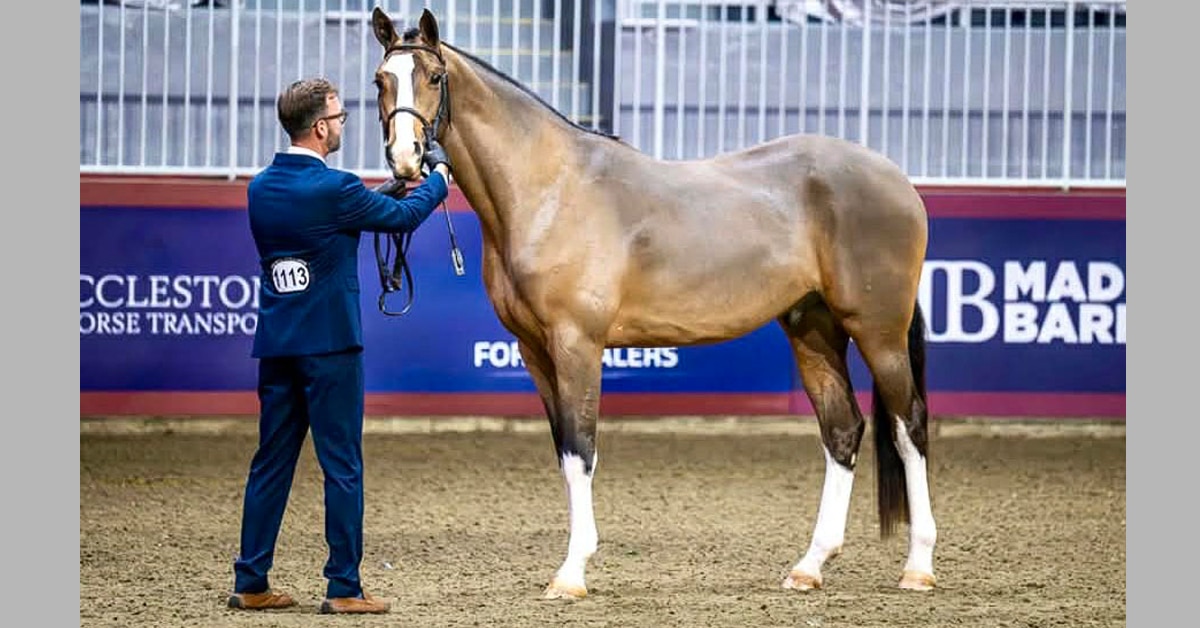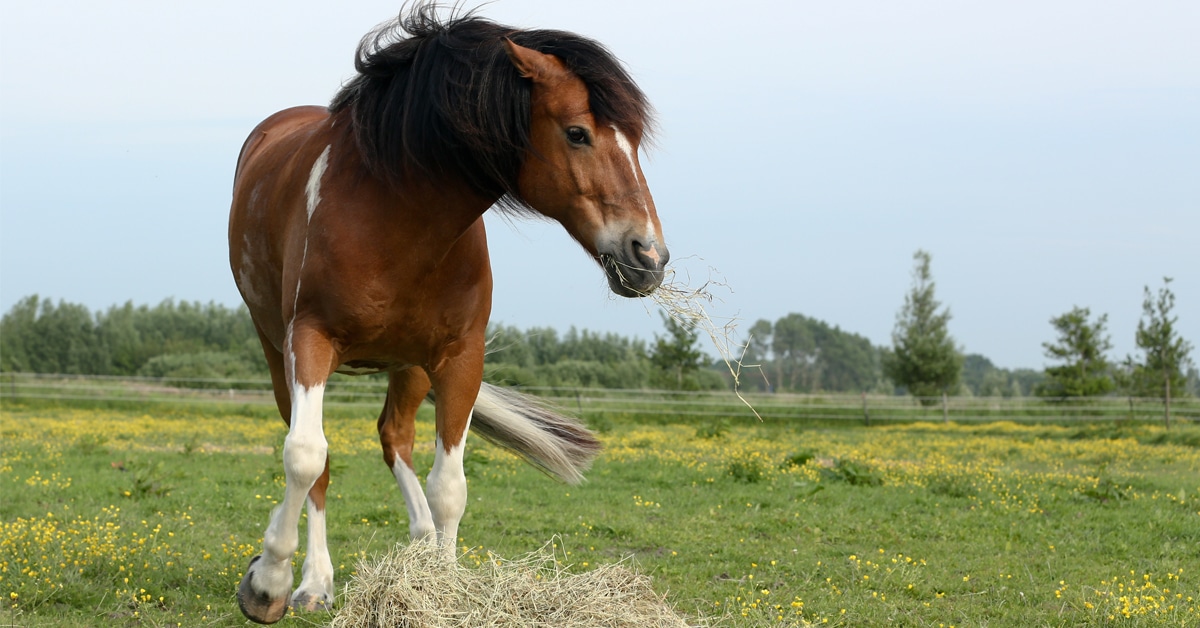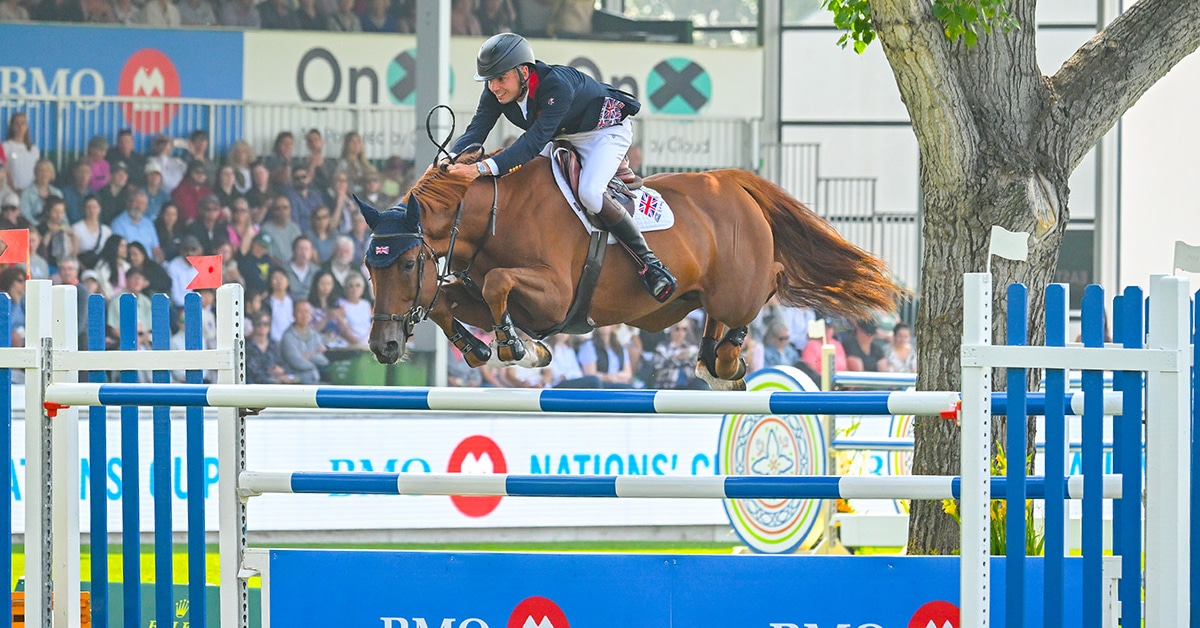The Coaching Association of Canada’s own National Coaching Certificate Program (NCCP) has been recognized as world leaders in coach education, providing coaches from 65 different sports access to over 850 workshops, giving them the ability to successfully develop athletes from the beginner level to high performance. Coaching tools are well-researched training techniques used to develop sport-specific skills. The five coaching tools outlined in this article will strengthen a rider’s ability to make decisions and problem-solve under competition pressure similar to their counterparts – from competitive rowers and gymnasts to tennis players.
Coaching Tool #1: Feedback
Coaches are constantly giving riders feedback about what to do, how to do it, why to do it, and what to do better. Evidence has shown that understanding and incorporating different feedback strategies into lesson plans will expand how well a rider learns and retains information. The terminology includes:
- Feedback: information a rider receives before, during or after a ride.
- Instruction: presenting new information for the first time or reviewing information.
- Corrective: technical, tactical, and mental information with the aim of improving the ride.
- Positive: any verbal or non-verbal feedback that contributes to the goals of the lesson/show in the eyes of the rider. Positive feedback encourages a higher level of participation and commitment and also strengthens rider/coach relationships, critical at the high-performance level.
- Negative: any verbal or non-verbal feedback that distracts from the goals of the lesson/show in the eyes of the rider.
There are several ways a coach can provide feedback:
Frequency is how often a coach gives instructional/corrective feedback. High frequency of feedback at the beginning of learning complex skills required at the higher levels is beneficial, but if continued leads to a delay and decline in retention. As technical skill level increases, reducing the frequency of feedback will lead to better performances as more thought process is required. By decreasing or delaying the frequency of feedback (even by seconds) as a rider’s skill level develops, the more the rider will learn and retain.
Instantaneous is a form of instructional or corrective feedback that is given immediately, before the rider has time to think back on their ride. Instantaneous feedback interferes with long-term learning and creates coach dependency.
Delayed is a form of instructional or corrective feedback provided after a delay of seconds, minutes, or days. During these delays, increased thought is required by the rider. Incorporating delayed feedback leads to higher quality of skills by seven weeks.
Fading occurs when a high frequency of feedback is given at the beginning of a lesson or lessons, and then is gradually reduced as skill level develops. Faded feedback showed higher levels in retention in studies.
Summative is a form of corrective feedback (technical, tactical. or mental skills) and is only given after a number of attempts. An example of summative feedback is when a rider comes out of the show ring. It is not always an effective tool for learning. Practicing summative feedback at home will help riders prepare for the challenges that summative feedback brings at the horse shows.
Bandwidth Feedback incorporates a number of types of feedback (frequency, delayed, fading) into one comprehensive approach. Several studies over the years have shown that by applying bandwidth feedback as skill levels increase, a higher quality of performance and long-term retention will be achieved.
There are negative effects with reducing feedback – riders can feel neglected and parents feel their children are not getting enough information. Coaches need to educate their riders and parents on what they are doing, and the benefits.
Coaching Tool #2: Questioning
To reach high performance and obtain long-term retention, riders must learn to analyse and reflect on their performances. Riders that are able to detect key performance factors, identify errors, and learn the how and why when understanding corrections will be better able to make decisions and problem-solve with a higher level of confidence.
Questioning is incorporated when feedback is delayed or faded. The questions assess the rider’s thought process – what the rider is thinking and feeling. Linking thinking and feeling when analysing performances is crucial to being successful. Questioning probes their knowledge of the important attributes to be successful; it guides the rider through reflection of training and show ring performances, what they understand about the decisions they made (or will make), and how and why it will benefit their ride. Riders can’t be afraid of making mistakes and must understand the greatest increase in learning is when it is accompanied by error detection. Questions need to motivate riders into taking action.
Questioning is one of the most rewarding of the coaching tools for both student and coach, yet the most difficult, as it requires a deeper level of knowledge of the sport. Over time, coaches develop a repertoire of questions that explore the technical, tactical, and mental skills.
Coaching Tool #3: Video
Video is one of the more powerful coaching tools. It teaches riders to effectively analyze their own performance, increases their ability to detect errors, and develops self-directing coaching cues necessary for high performance. Through video feedback, coaches gain a greater understanding of how a rider perceives their performance, plus tracks training and competition progress.
Research indicates that videoing either too few times or too many times has little value, and on its own it is ineffective. For it to work, there are specific conditions that need to be met:
1. Select two or three specific skills to improve: e.g. closing hip angle over different types of jumps at various paces.
2. Design lesson exercises around improving these skills and videotape the lesson.
3. Review the video after the lesson. Initially this is done together with the coach providing instructional and corrective feedback.
4. After two or three lessons, bandwidth feedback and questioning is applied to the video reviewing to transfer the responsibility of analysing their performance and self-coaching to the rider.
5. Repeat steps #2 and #4 over a four- to seven-week period to see the greatest improvement of skills.
Coaching Tool #4: Modeling
“Don’t copy the people you ride against. You have to do better,” states George Morris. Modeling is the idea that you can learn by watching someone – learn what to do well and how to do it better.
There are many debates on how this works. MRI research identified that the part of the brain that is active when you are performing is the same part of the brain that is active when you are watching it being performed. Mirror neurons receive the visual information and transform them into motor commands.
What types of models should be used – expert or non-expert? Both: riders need to learn what key performance factors of a good ride are and how errors affect a ride. Cell phones gives coaches easy access to YouTube videos. The rider observes the expert at the beginning and then again at the end of the lesson, with practice in between. Modeling needs to be integrated into the early part of the training season, as it can take from four to seven weeks before it is most effective.
Coaching Tool #5: Debriefing
“Developing reflection is especially important for athletes on a quest for higher level of competition,” notes Dr. Peter Jensen, PhD Sport Psychology and the founder of Performance Coaching. Many times riders walk away from a competition feeling frustrated and hopeless. A carefully-structured debriefing can help riders positively process their competition and formulate a plan on what to work on to improve their rides for the next show.
Debriefing should be a regular routine in a coach’s program: determine the best time (next lesson, a day or two after a show); the venue (stable, coffee shop); the occasion (after a competition, clinic or lesson). Debriefing needs to be clear, specific, and a consistent process, as conflicting perceptions in performances can heighten emotions. The feedback should be rational and positive. Set up a template asking three core questions related to the technical, tactical, physical and mental key performance factors:
- What did you like about the ride?
- What would you like to do better?
- What can we work on in the following training lessons to improve the rides in the next competition?
It is important to first ask the question what the rider liked about the ride, as the tendency for the rider to be critical first sets up a negative tone for the debrief.
Debriefing is an opportunity to build trust between coach and rider. “There needs to be a sense of safety and security for full disclosure and engagement when developing another person. Trust leads to commitment and committed people outperform others,” states Dr. Jensen.
Continuing to improve coaching skills will dramatically increase the performance and commitment level of your riders. The clearer coaches can teach riders to understand the link between how they rode and the result, the greater the influence instructing will have on their learning, quality of performances, and retention of information both at home training and in the show ring performance.
References: J. Fraser-Thomas, J. Cote, 2009; Wulf et al. 1998; Weeks & Kordus, 1998; RA Schmidt 1991; Vickers, Livingston, Umeris-Bohnert, Holden 1999; Wiener & Schmidt, 1990; Harrison, Konings, Schuwirth, Wass, Cess van der Vleuten 2014; Chambers, Vickers 2006; Smith, Withers 1997; Butler, Reeve, Fischman 1995.
The Latest









